
March 12, 2025 | Articles
Get Stoked: Hill International Makes Big Waves in Spain’s Surfing Scene
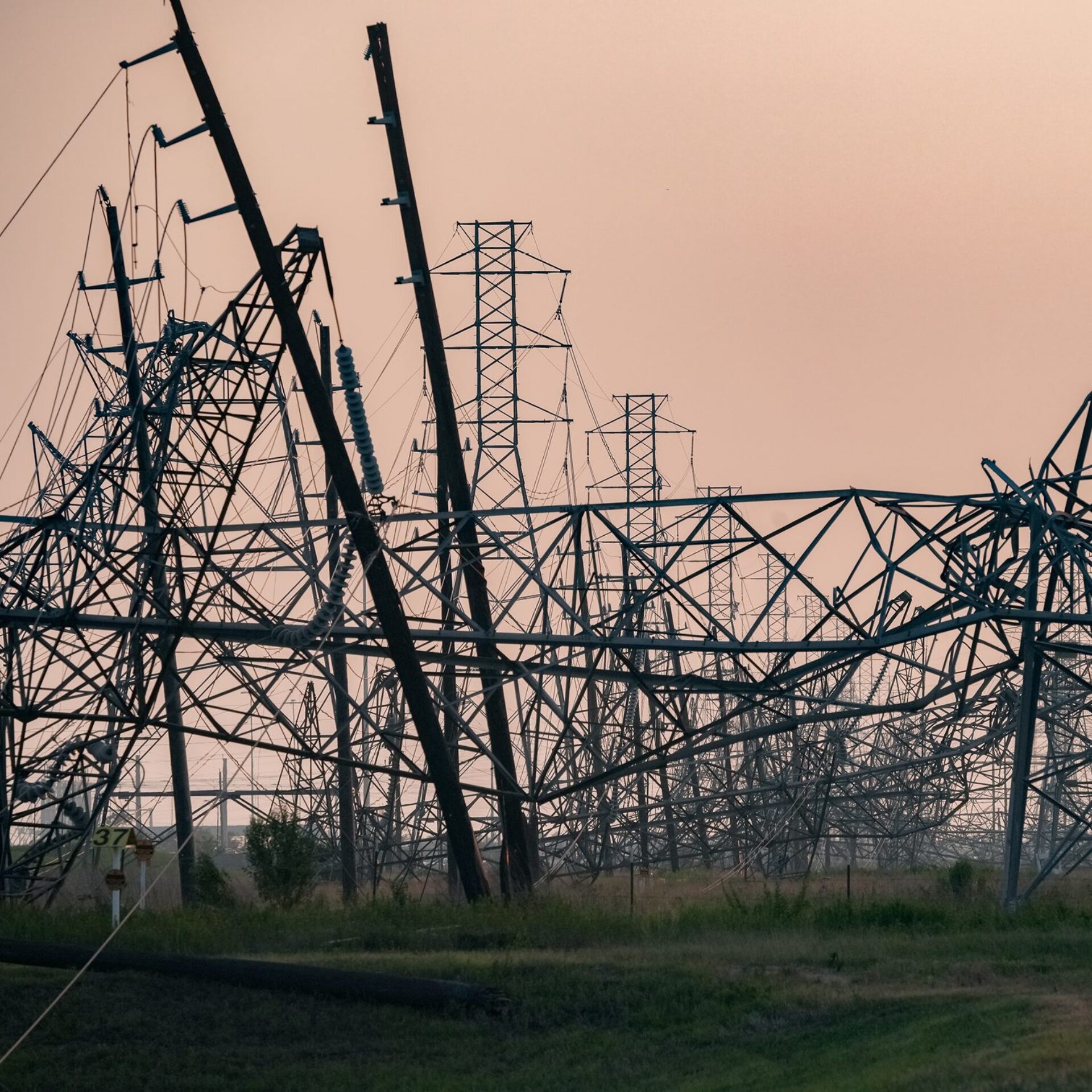
In the first two installments of this series, we introduced resiliency funding options available specifically for POUs as well as U.S. Federal, state, local, and tribal funding sources. In this third and final article, we explore the options specifically available for Investor-Owned Utilities (IOUs) to fund their resiliency programs and projects.
IOUs are the least common type of utility provider in the U.S., with 168 IOUs in operation as compared to 812 cooperative utilities and more than 2,000 Public-Owned Utilities. Although rare, IOUs face the same resiliency and recovery challenges as their counterparts in creating networks capable of withstanding and recovering from ever more frequent and more intense disasters. Failure to prepare for the next disaster threatens the communities IOUs serve, first and foremost, as well as the investors themselves—as a poor response to a disaster can lead to bankruptcy, lawsuits, and a host of other perils.
Potential IOU Funding Opportunities for Building Resiliency and Mitigation within the Power Grid
While most of the funding sources mentioned above are primarily for POUs and COOPs, there are exceptions for the FEMA BRIC Program and the HUD CDBG-MIT program that will allow IOUs to participate in funding programs. This can be accomplished with proper guidance and direction from experts who specialize in resiliency for utilities, to support the requests to participate in these programs.
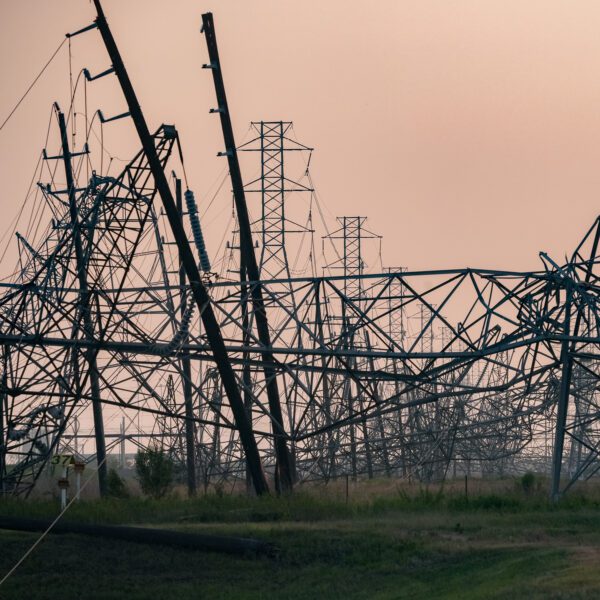
Department of Housing and Urban Development (HUD) Community Development Block Grant Mitigation (CDBG-MIT) Program: As published on August 23, 2019, in Federal Register Docket No. FR-6109-N-02 in Section V.C. Infrastructure and Other Nonresidential Structures paragraph V.C.4. “Prohibiting assistance to private utilities” reads “Funds made available under this notice may not be used to assist privately-owned utilities. A CDBG-MIT Grantee (State) that prioritizes a mitigation project where assistance to a privately-owned utility is necessary, may request a waiver of this prohibition.”
This provides a pathway for IOUs to work with State officials to request a waiver of this prohibition. The utility’s infrastructure is vital for meeting the National Response Framework for Community Lifelines for Incident Stabilization for Energy (Power and Fuel). The energy sector is critical for Life Support and for Economic Recovery and Sustainability for a Community to Survive.
FEMA’s Building Resilient Infrastructure and Communities (BRIC) Program: The Disaster Recovery Reform Act (DRRA) in 2018, established a National Public Infrastructure Pre-Disaster fund that will focus on mitigation and resilience projects. BRIC funding can be used to support and enhance the resilience of community infrastructure, including schools, hospitals, roadways, and utilities. This program focuses on reducing the nation’s risk by funding public infrastructure projects that increase a community’s resilience before a disaster affects an area. To ensure that the needs of the whole community are addressed, FEMA encourages all levels of government and key stakeholders, including citizens and officials from other federal agencies, states, territories, tribes, businesses, critical infrastructure sectors, non-profit, academic, and philanthropic organizations work together to define the critical needs of the community. This funding goes through the grantee (state) and is passed through to sub-grantee (local eligible government) for the approved project for completion of the scope outlined in the application.
This is a pathway for the IOUs to work with the local communities as a key stakeholder for the critical lifeline of energy for the community. Working together with the community there is an opportunity for the IOU to develop resiliency planning and explore mitigation opportunities of funding can flow down through the local community. This would have to be presented to the eligible local jurisdiction to receive funding through their program.
Additional IOU Potential Funding Sources to Help Build a More Resilient and Sustainable Community Power Grid
State Governments: IOUs could work with State Government and Regulators to develop laws and regulations to assist with helping IOUs with costs associated with building resilient power grid systems and utilizing alternative technology to help communities be resilient against future events.
With the ever-increasing costs associated with major catastrophic events and several IOUs having to file for bankruptcy to survive the ever-increasing costs to restore communities after such events. There are a few state governments looking at putting laws/bills in place to assist with the costs of recovery efforts and building in mitigation with the restoration. The State of North Carolina just recently passed a Senate Bill and ratified the bill to accomplish a pathway for utilities to secure funding to assist with storm recovery. Keeping the power grid operating is a life safety and economic issue after an event.
Federal Agencies: IOUs need to turn to the Federal government to put policies in place that will help with securing financial help in giving them the ability to build a more resilient critical infrastructure, working to build partnerships not only with local communities, but also with the different agencies of the U.S. Federal system.
Conclusions and A Path Forward
Extreme weather events and climate change are a burden for utilities, driving costs above and beyond the damage caused by a particular event. Utilities are being scrutinized after most events and some have been penalized financially and held responsible for the lost economic output. To protect against these risks, utilities must plan and develop resilient systems. All types of U.S. utilities can call on outside expertise to help assess and develop mitigation or resiliency management plans to reduce and manage the risks associated with weather related and climate change disasters, and there are multiple avenues available to help utilities fund their resiliency efforts.
The disaster and recovery-related risks of extreme weather events to utilities will only increase in the coming years. The time to address these risks is now. Utilities who carefully plan, execute, and enhance their resiliency efforts will be best positioned to weather the storms ahead-literally.
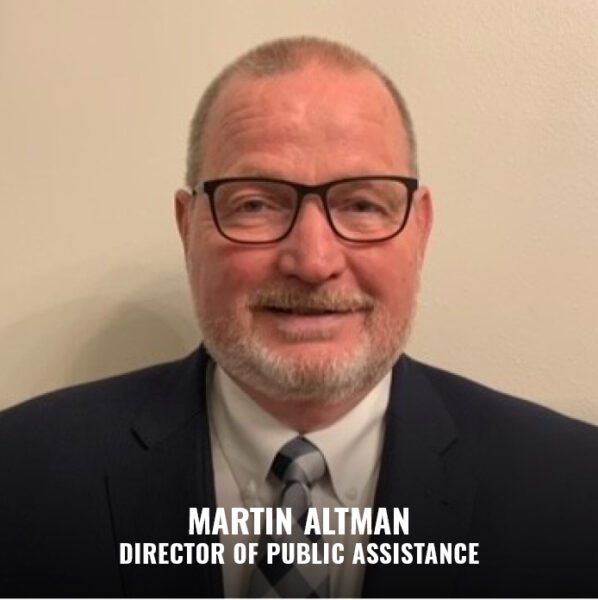
Hill International Director of Public Assistance Martin Altman has more than 35 years of leadership and emergency management experience, including nine years serving with the FEMA.
He has managed and implemented disaster planning and recovery program management for public and private sector clients. Martin served as the FEMA Region VII Project Officer and Closeout Specialist for Kansas City, MO, and was then appointed the FEMA Public Assistance Infrastructure Branch Director for the Florida Long Term Recovery Office, where he managed the FEMA Public Assistance Program.
Share

March 12, 2025 | Articles
Get Stoked: Hill International Makes Big Waves in Spain’s Surfing Scene
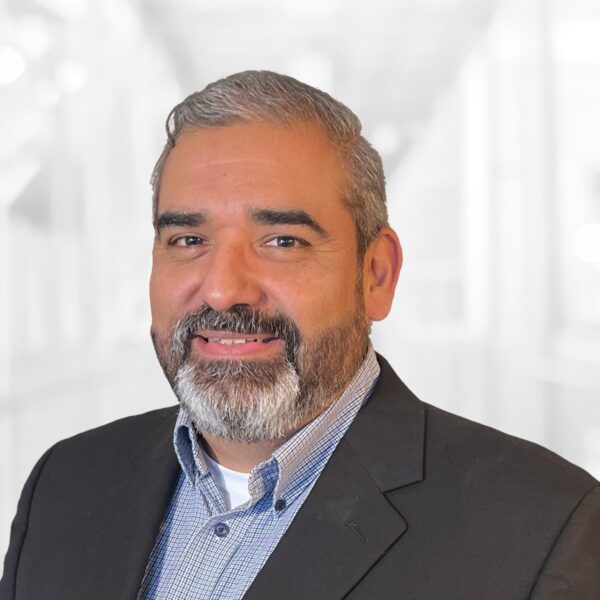
March 9, 2025 | Articles
Project Manager TJ Pinales: Helping Along the Road in San Antonio

March 4, 2025 | Articles
Balancing the Equation: An Interview with Project Manager Tracy Wiyrick

March 1, 2025 | Articles
A Lifelong Project: Calypso Kyriakopoulou’s Multifaceted Career in Construction

February 10, 2025 | Articles
Dual Delivery: A Viable Strategy for Complex Transit Projects

January 23, 2025 | Articles
Plotting a Roadmap to Success on the Torres de Colón Renovation
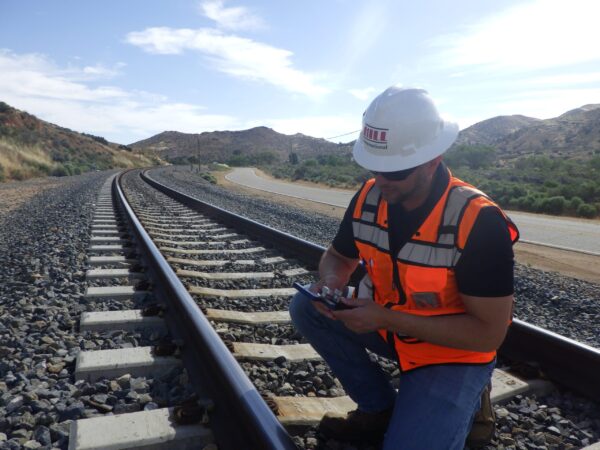
December 12, 2024 | Articles
Progressive Design-Build for Rail and Transit Projects: Room to Run

December 9, 2024 | Articles
Unlocking Growth: Maximizing the Benefits of the SBA’s Mentor-Protégé Program

December 8, 2024 | Articles
Mediterranean Luxury a Century in the Making: Four Seasons Resort Mallorca at Formentor